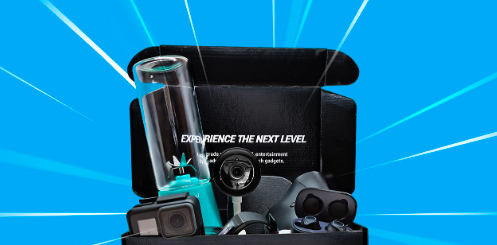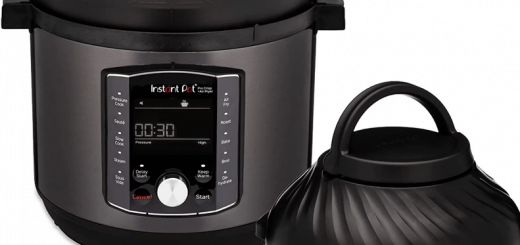Impacts of gadgets on the heart and human well-being
There seems to be no limit to the number of apps there to track our biometric data – whether that’s our heart rate, breathing patterns, blood pressure, sleep quality, or stress levels. These tools can provide valuable insights into our overall wellness. Meanwhile, newer developments in bioengineering mean medical devices are becoming ever smaller, allowing doctors to monitor vital signs without having to stick needles under our skin. But too much reliance on technology can take its toll. Let’s see below the impacts of gadgets on the heart and human well-being.

impacts of gadgets on the heart
Electrocardiogram (EKG) gadgets
Electrocardiograms record an electrical signal from the heart using electrodes attached to the chest wall. They are used to diagnose certain types of arrhythmias as well as other conditions such as myocardial infarction (heart attack). A standard 12-lead ECG is a simple test with two leads placed on the limbs and 10 on the surface of the body. The procedure requires patients to lie down for about 20 minutes. It looks at the rhythm of the heart and its response to various drugs. The information gathered can help physicians decide if a patient needs further tests.
Holter Monitor
Holter monitors are small portable cardiac monitoring devices. They measure the heart activity over 24 hours, recording every single heartbeat. This allows cardiologists to study abnormal heart rhythms and evaluate how they respond to different medications. It also helps detect silent heart attacks. It measures both the normal and abnormal beats throughout the day and night. The device records all this data onto a memory chip inside it and transmits them to a computer via a radio frequency transmitter. Patients must wear one while sleeping. For most people wearing a Holter monitor is not uncomfortable but in some cases, it may feel heavy. Other common side effects include mild nausea, chest pain, shortness of breath, dizziness, headache, leg cramps and fatigue. Occasionally allergic reactions may occur and lead to difficulty breathing and wheezing.
Heart Scanner
Cardiac scanners use ultrasound technology to produce images of your heart and its chambers. Depending on what you want to know, there are several types available. These machines emit very low-level sound waves which are reflected by a sensor. From these signals, the scanner calculates the size and shape of each chamber and then displays the results on a monitor. An echocardiograph will give a detailed assessment of the structure and function of your heart. Your doctor may even order a treadmill test before going ahead with the surgery.
In conclusion, it is important to develop awareness regarding the impact of gadgets on health and realize their limitations. Most importantly, we need to maintain healthy lifestyles by eating nutritious foods and getting adequate rest.





















